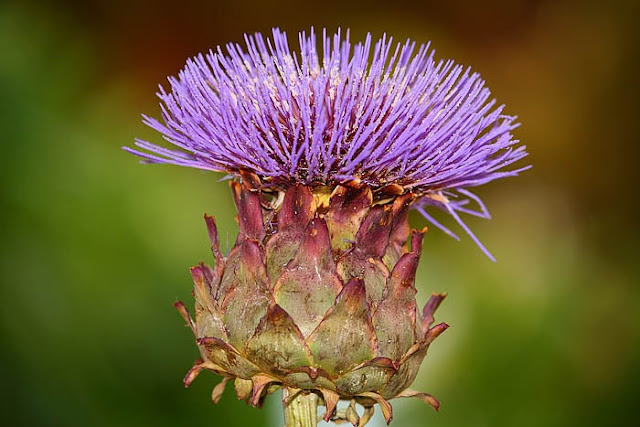 |
| Full moon and street lamp. (© LightColourShade. All rights reserved) |
Catching the fleeting scenes of many splendored life
'Look closely. The beautiful may be small' — Kant
19 August 2013
Full Moon and Street Lamp
Earthly light and celestial light.
13 August 2013
Australian Silky Terriers Keeping Guard
3 August 2013
Cardoon (Cynara cardunculus), aka Artichoke Thistle
The cardoon (Cynara cardunculus), aka artichoke thistle, cardone, cardoni, carduni or cardi, is a thistle-like plant in the family Asteraceae. It is native to the western and central Mediterranean region, where it was domesticated in ancient times. The wild cardoon is a spiny herbaceous perennial plant growing 0.8 to 1.5 m (31 to 59 in) tall, its flower buds can be eaten much as the artichoke (which is still very common in southern Italy and Sicily), and the stems are usually braised in cooking liquid.
Cardoon leaf stalks, which look like large celery stalks, can be served steamed or braised, and have an artichoke-like flavour.
Cardoons are used as vegetable rennet for cheese production, and has recently been considered a possible source of biodiesel. The oil, extracted from the seeds of the cardoon, called artichoke oil, is very much like sunflower oil.
On top of this, cardoons are also grown as ornamental plants for their showy beauty.
Cardoon leaf stalks, which look like large celery stalks, can be served steamed or braised, and have an artichoke-like flavour.
Cardoons are used as vegetable rennet for cheese production, and has recently been considered a possible source of biodiesel. The oil, extracted from the seeds of the cardoon, called artichoke oil, is very much like sunflower oil.
On top of this, cardoons are also grown as ornamental plants for their showy beauty.
,+artichoke+thistle,+cardone,+cardoni,+carduni,+cardi+flower.jpg) |
| Cardoon (Cynara cardunculus), artichoke thistle flower (© LightColourShade. All rights reserved) |
Subscribe to:
Comments (Atom)
